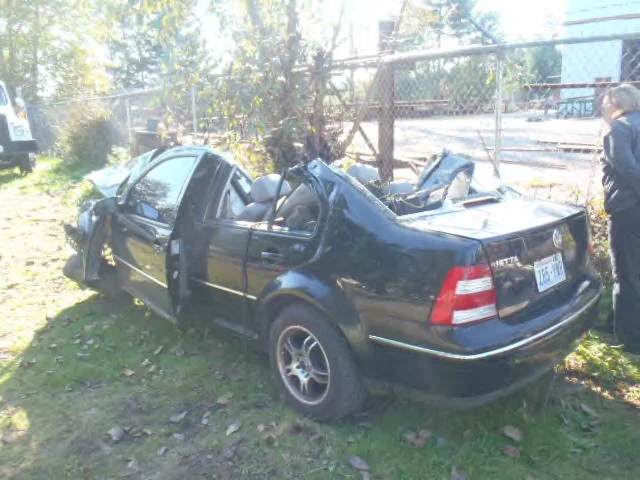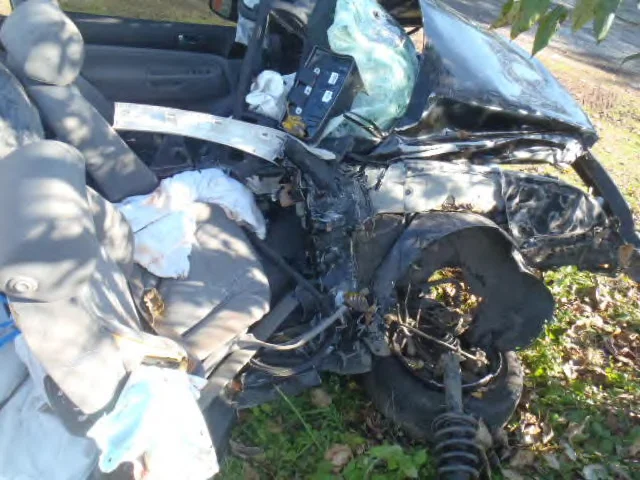Seward vs. State of Washington
Skylar Steward sustained horrific spinal cord injuries in a devastating car crash while riding as a passenger in a car. As a 15-year-old teenager at the time of the crash, Skylar had her whole life ahead of her. Now, for the rest of her life, Skylar will be totally and permanently dependent on others to take care of her. Toileting, feeding, dressing, none of it can Skylar do on her own.
The horrible heartbreak for Skylar is that her injuries were preventable. In a rare occurrence, the State of Washington admitted its liability for creating and continuing the existence of a dangerous road. But did the State acknowledge and take accountability for the catastrophic effects of its misconduct? Yea, nope.
Instead, the State took the heartless position that its failure to fix a knowingly bad road didn’t cause Skylar’s injuries. And the State further argued that even if its dangerous road caused Skylar’s injuries, she was going to die (because of her injuries) sooner than most “normal” women, so the State shouldn’t have to put up more money for Skylar’s 24/7 care than its “life expectancy calculator” spit out.
In the end, we were able to secure for Skylar more than enough resources to take care of her needs for far beyond the calculator’s suspect prediction.
Earth berm under I-5 Overpass
Skylar Seward, right, before the accident
Press Release: State admits fault for dangerous road and pays $28 million personal injury settlement
October 2018 — Rarely, if ever, does the State admit that it was negligent in a dangerous highway design lawsuit. But in the case of then 15-year-old Skylar Seward who now suffers from quadriplegia, the State has done exactly that.
The Washington State Department of Transportation (WSDOT) is required to keep state roadways reasonably safe for ordinary travel. But in this case, WSDOT has admitted that it failed in its duty.
On October 12, 2013, Ms. Seward was a passenger in a vehicle that over corrected and struck an overpass pillar. She played no role in causing the incident. The vehicle should have encountered a barrier that would have redirected it. Instead, it hit a mound of dirt, called an earth berm, that WSDOT installed years before.
Concrete Jersey barriers were developed in the 1950s to protect cars from colliding with hazardous structures, including overpass support pillars. This barrier protection has long been installed across Washington state highways, and is a standard, well-functioning re-directional appliance (as is the W-beam steel guardrail).
In 1973, without having conducted proper research, a WSDOT official ordered his staff to use earth berms on state highways because they are aesthetically pleasing and will “gracefully divert an errant auto”. Unfortunately, earth berms were later proven to be ineffective, and several incidents resulted – including a fatal crash in 2003. National safety standards were enacted requiring guardrails. Earth berms fell below government standards.
The Center Drive freeway overpass in Dupont was constructed in 1997. An earth berm was used instead of guardrails around the pillars that held the overpass above the freeway. Because of the problems with the dirt mounds WSDOT determined that in order to come into compliance with the law it needed to fix and replace all of the 198 earth mounds it had created in the state.
In 2006, WSDOT implemented a six-year plan to perform this work on a high priority basis. The Legislature provided funding for the entire replacement project. Six years passed but the earth berm at the Center Drive overpass in Dupont was never fixed. WSDOT did not know why this barrier was not installed, nor did it have any idea what happened to the money it was provided for the project.
On October 12, 2013, the driver of the Volkswagen Jetta that Ms. Seward was riding in over corrected, entered the median, and slid along the earth berm, directly striking the overpass. The earth berm failed to provide any redirection. A proper barrier would have prevented the crash.
Skylar was a student at Timberline High School at the time of the accident. She is now returning to school to get her diploma, and hopes to go to college to major in English Literature and become a writer.
On the eve of trial – exactly five years after the crash, the State agreed that it was at fault. It agreed to pay $28 Million to Skylar to care for her needs for the rest of her life.






